Government Stallion Inspection Scheme
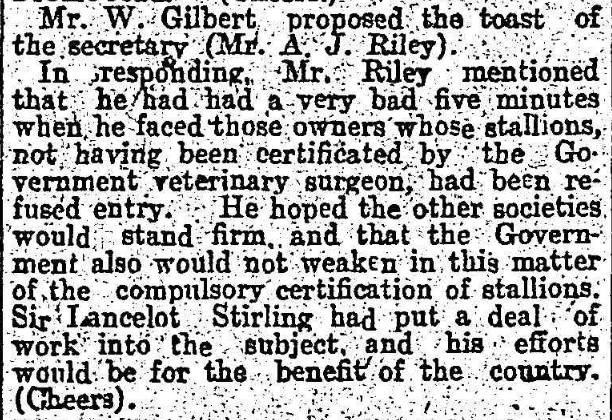
From Waler Data Base @ FaceBook. Image: The Advertiser, 16th September 1909. Meeting of Royal Ag. Soc., Adelaide.
Government Stallion Inspection Scheme, starting with South Australia, very basic information for those interested.
Once inspected by a government approved veterinarian, the horse’s owner was given a Certificate of Soundness if the horse passed. This was its passport to showgrounds in South Oz.
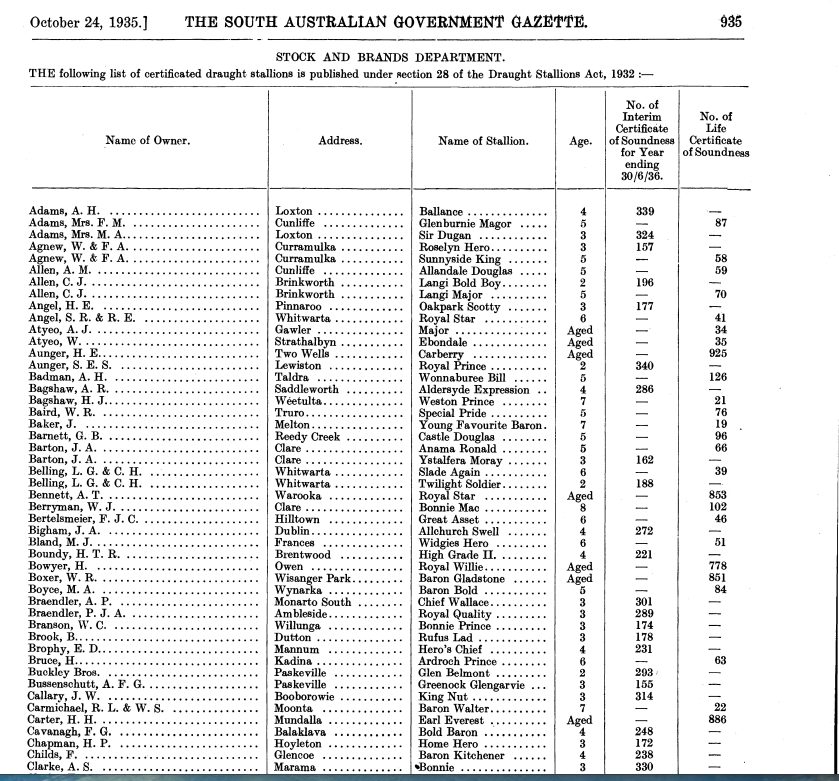
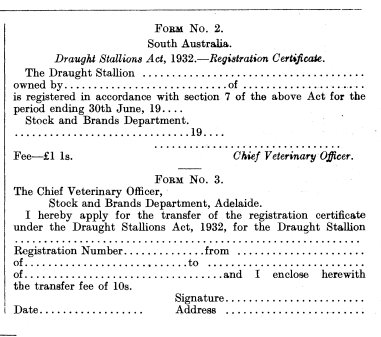
Images: List of draught stallions approved in S.A. in 1932, Part 1; A 1932 Stallion Certificate, from the South Australian Govt Gazette of 1932
In 1888 in the UK, Viscount Ebrington MP introduced a bill ruling that stallions over 13 hands paid an annual license fee of 10 pounds, unless the owner had a certificate proving it free of hereditary unsoundness, signed by two vets. The bill passed unopposed. It worked well for a time. Nonetheless, faults crept in over time as the rule ceased to be enforced.
In early September 1909 South Australia’s government stallion inspection scheme came into effect. Victoria was the first state to legislate a soundness program, in 1907. NSW had made registration mandatory for breeding stallions in 1905, putting the responsibility onto breed groups. Rules varied with each state until a federal ruling came in 1932 and another in 1940.
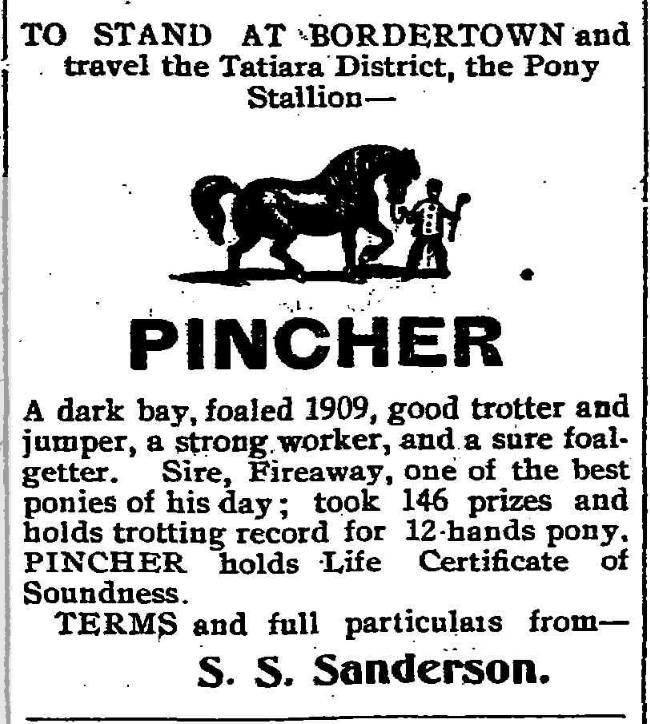
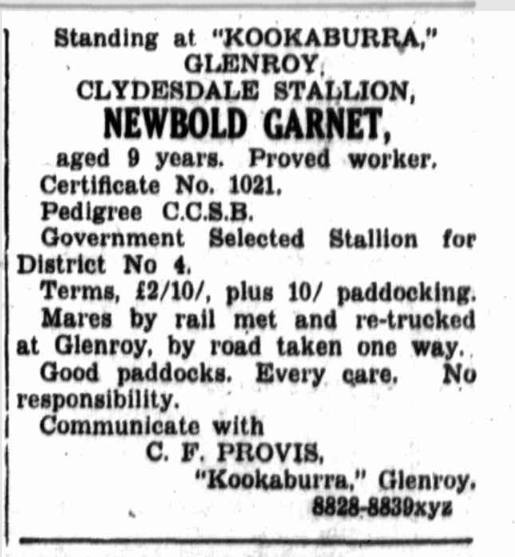
Images: Border Chronicle 14th September 1923; Border Watch, 4th October 1941. Although newspapers had pages of stallion ads, not all these said they had a Certificate, it would certainly have been an edge.
In South Australia the Royal Agricultural Society led the way there, in 1908 insisting all Roadster and Draught stallions have a veterinary Certificate of Soundness before being allowed on the Royal Adelaide Showgrounds. They met the Minister of Agriculture, the Hon. L. O’Loughlin, in 1908 to request all showgrounds follow this practise and be refused govt grants if they did not; further, that all stallions in the state should be inspected. The Minister was agreeable – with various conditions – all entires were allowed onto showgrounds but the Agricultural Society running it would have their funds withdrawn if any without a Certificate of Soundness won a prize. In 1909 it was legislated.
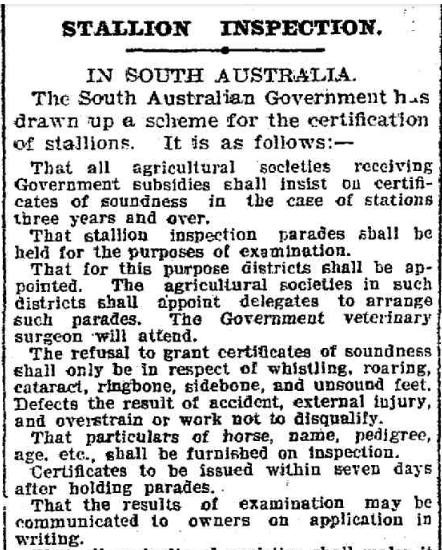
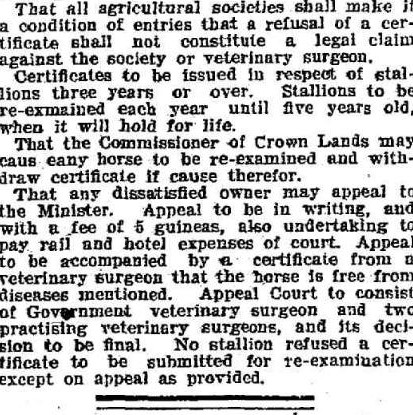
Images: Weekly Times, 2nd October 1909
In South Australia the Royal Agricultural Society led the way there, in 1908 insisting all Roadster and Draught stallions have a veterinary Certificate of Soundness before being allowed on the Royal Adelaide Showgrounds. They met the Minister of Agriculture, the Hon. L. O’Loughlin, in 1908 to request all showgrounds follow this practise and be refused govt grants if they did not; further, that all stallions in the state should be inspected. The Minister was agreeable – with various conditions – all entires were allowed onto showgrounds but the Agricultural Society running it would have their funds withdrawn if any without a Certificate of Soundness won a prize. In 1909 it was legislated.
Image: Observer, 11th November 1916.
At Crystal Brook show in 1912 the owner of this Champion Draught Stallion forgot to bring his Certificate along, despite being well known he was refused the prize he’d just won.
It certainly made people aware there were no excuses for not having it.
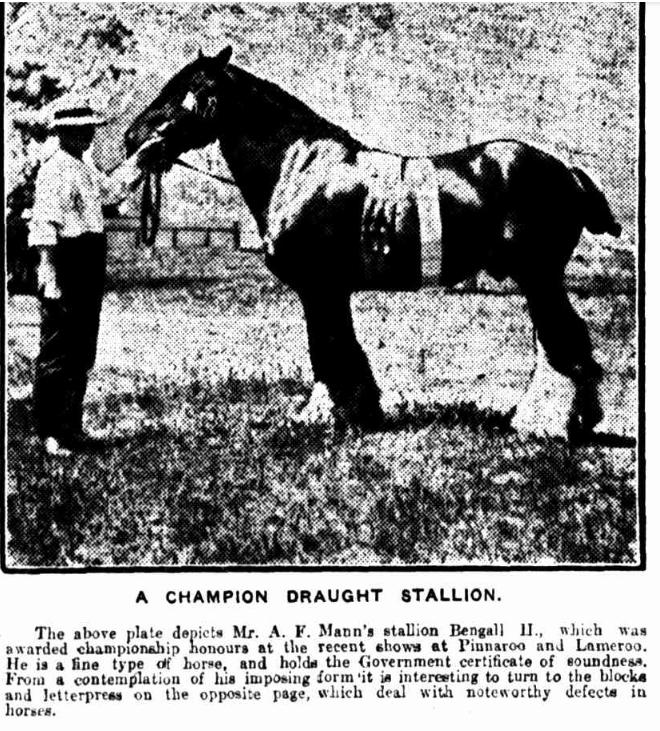
Inspections were done at parades and gatherings held for the purpose, rather than at shows.
In 1923, S.A. legislated all stallions must be registered as well as having the Certificate of Soundness. There was consternation as most horses for the India trade were 15 to 15.2hh and there was no register for those types; purebreds tended to be far bigger, also many colonial bred draughts were unregistered and without a registry “But what about the scrubbers!” the cries went up in parliament when it was said only purebreds could be inspected. Grumpily, the Minister said the scrubbers too could be inspected and given a Certificate and no more discussion!
In fact even in 1940 when a federal ruling was introduced, some people were complaining all stallions didn’t need to be registered with a breed organisation in S.A. and NSW, unlike Vic and Tas. However, stations were considered breed bodies for the purpose in NSW and South Australia, and listed as such in the Gazettes. In 1932 the Draught Stallions Act, federal, had introduced soundness rules across Australia.
Reasons for refusal: roaring, whistling, ringbone, sidebone, curb, bog spavin, bone spavin, stringhalt, thoroughpin, navicular disease, unsound feet, cataract, nasal disease and chorea. If a stallion was refused a Certificate it could still be used at stud but was refused entry at shows. Lights, ponies and draughts all came along to inspection days.
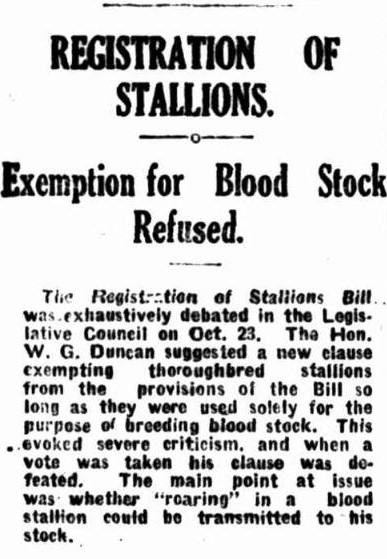
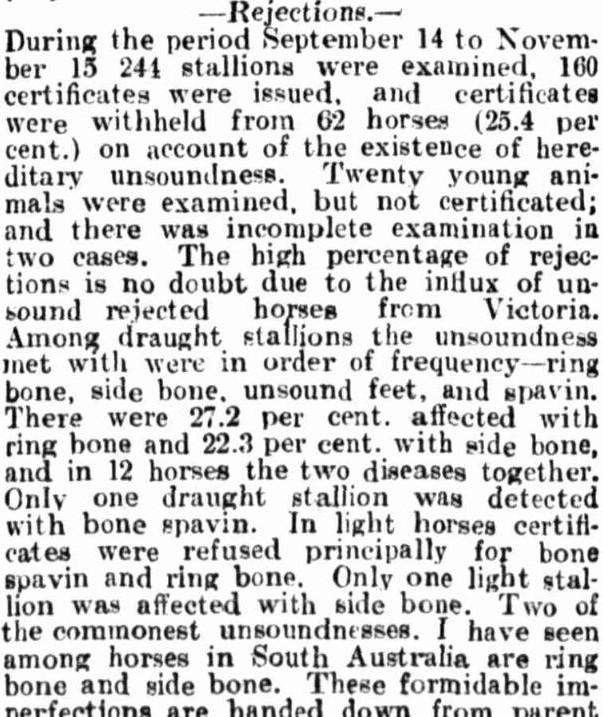
Images: Observer, 3rd November 1923; Observer 25th December 1909
Needless to say this ruling caused a lot of angst. Many couldn’t understand why their stallion was refused a Certificate, despite the inspection being done by veterinarians. They claimed it was done on looks – but that wasn’t a factor – it was congenital problems. Others protested a horse could still work with various problems.
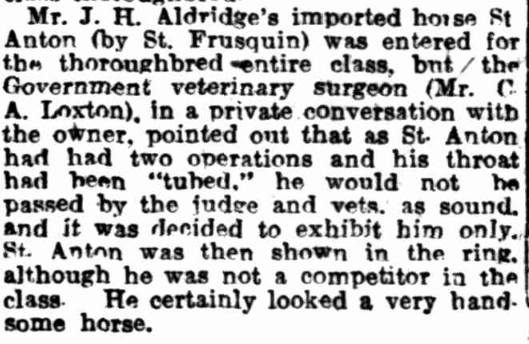
Daily Herald, 6th March 1914.
Most shows had a vet along so the cry of being unable to find a vet for a certificate couldn’t be used.
In 1910 for example at Franklin Harbour Show, 7 of the 8 draught entires entered for competition were failed a Certificate by the vet present.
Other shows insisted all horses (entires) coming on the ground had the Certificate.
Anyway, it was surprising how many were failed across Australia, which shows there was a need for this scheme. It’s the same as requiring a standard for motor vehicles of safety and so on. Horses were vital to commerce and private life. The photos below show the quality of stallions at that time.
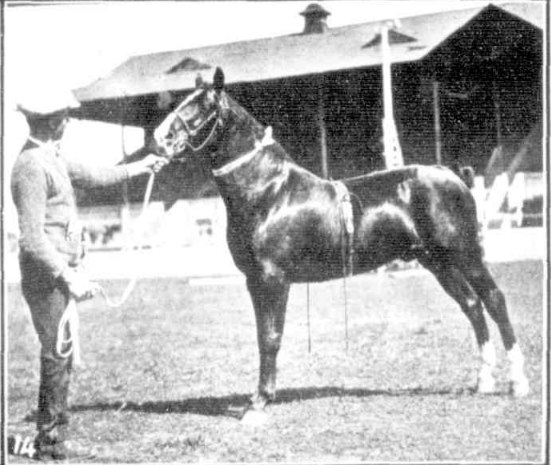
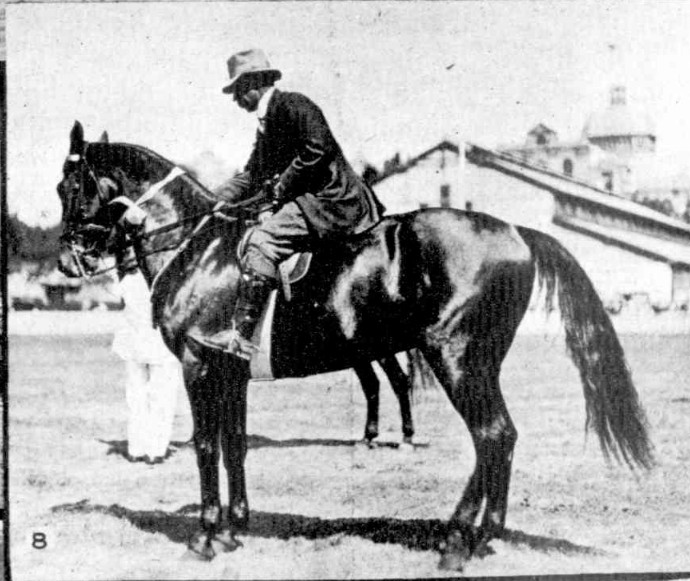
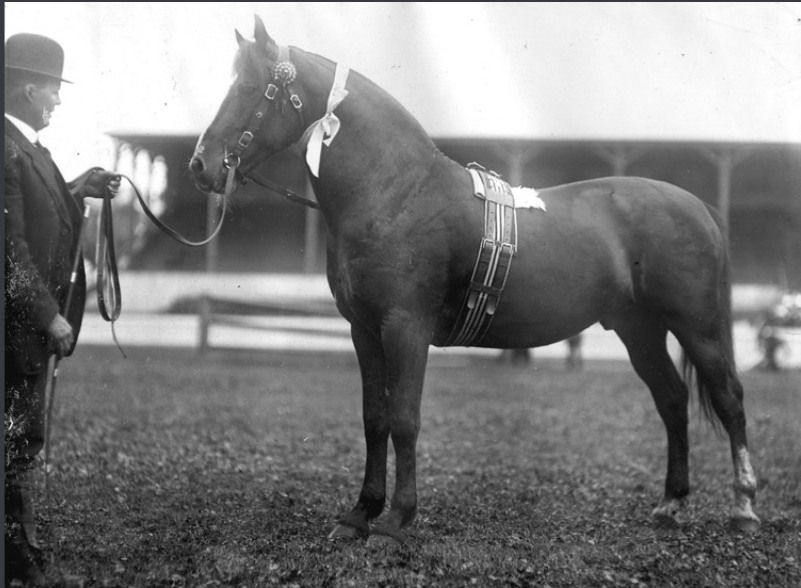
Images: C.H. Angus’s first prize Hackney stallion. Chronicle, 19th September, 1925; Mr. F. Hayes’ “Pax,” winner weight carrying hackney.’ Critic, 3rd March 1913; A winner at Adelaide Show. 1923. State Library S.A.
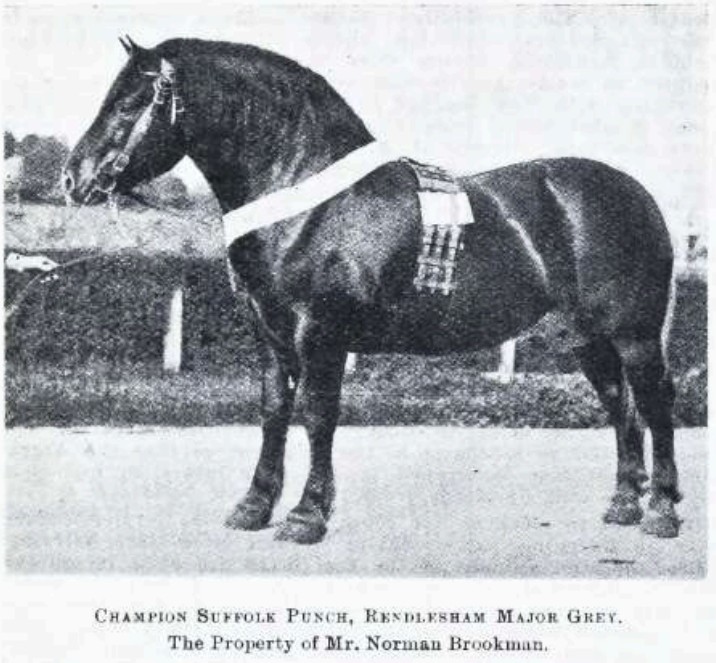
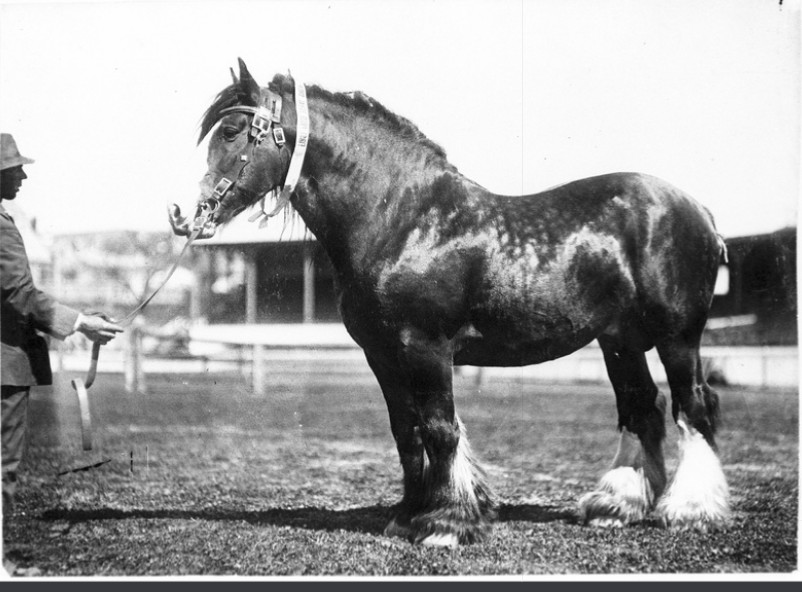
Images: Pastoralist’s Review, 15th October 1909; Prize winning draught horse at a horse show held at Jubilee Oval, Adelaide, South Australia, 1918. State Library S.A.
Lists of stallions passed are available for Vic and Qld in archives but can’t find one for S.A. although it was published once a year in their Government Gazette, and right into the 1940’s. Someone may have one to share; and if anyone has an actual Certificate of those times we could view, it would be much appreciated thank you.
Postscript: Discovered this website- www.austlii .edu.au- Australian Legal Information Institute has all Government Gazettes for each state and Territory from 1901. With a bit of time, one could find the Stallion Certificate information by state. Also has annual lists for those with horse drawn vehicle licences etc.
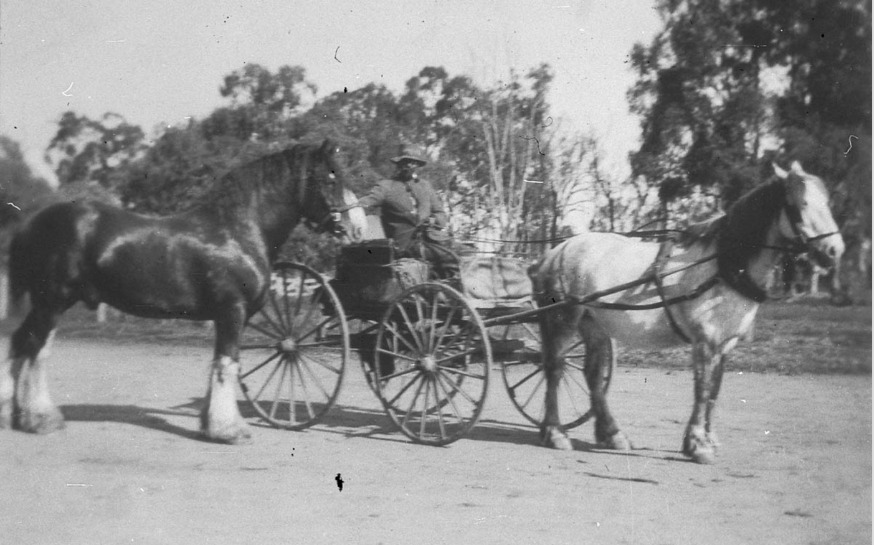
Image: Travelling stallion Lomond Bold at Myrtle Downs station – Thule, NSW. State Library NSW, taken prior to 1940.
Searching the archive found a bay Clydesdale stallion named Lomond Douglas Bold (foaled 1932) was sold to the QLD government in 1937. 102 guineas was paid for him at a horse auction in Melbourne in 1933, a good price. He was sold again in Brisbane when the government bought him.
Governments in those times bought good stallions and made them available at an affordable cost to the public. Interesting to see he was travelled. He looks well cared for and must have been tractable, with feet and legs that stood up to travelling over the breeding season. He was advertised at stud and although the state farm preferred people brought their mares there, if that wasn’t possible at times he was travelled to the mares. He had a government certificate of soundness.
Interesting for breeding season to recall in those times the stallion often came to the mare. A rare occurrence these days and it would more likely arrive on a float or truck. Many of us have stories of travelling stallions from the old days. Some were led by the stallion leader, himself on foot, in areas where distances were not so great. This chap is obviously very competent and his buggy horse is a ripper.